
What’s Causing Mould In My Home?
By: 911 Water Damage Experts
Outside your home, mould is a valuable part of the environment that breaks down dead leaves and other organic materials. Inside your home, it’s a harmful fungus that causes health problems and destroys building materials.
If you’re wondering, “what’s causing mould in my house?” There’s one thing at play: moisture.
But just where is that moisture coming from? Here are some of the many likely causes of mould in your house.
Leaking Pipes
Most people would choose a leaking refrigerator or dishwasher over a leaking pipe any day. The problem with leaking pipes is that they often start leaking inside your walls, out of sight.
Usually, it’s only when you begin to notice building material damage that you realize you’ve got trouble.
By that point, you may already have a significant mould problem. It takes just 1-2 days of moisture going unchecked for mould to take hold and start spreading.
Humidity
If you live near a body of water or by the coast, you probably find yourself trying to combat humidity quite often. You’ll also know if you haven’t combatted humidity because you’ll notice mould growth around your home.
Some people notice it more often at some times than others, like if it has been raining for a few days, or if they have started drying their clothes inside.
Regularly airing out your home may allow you to keep humidity at bay. However, you can also invest in a dehumidifier, as long as it keeps your humidity level below 55%.
Wet Clothing
Trying to wash clothing in winter can be a challenge for some people, especially if you don’t own a dryer.
You might leave your clothes sitting wet for a few days before you’ve got spare space to hang them up.
Or, you might have been caught in the rain and placed your soggy clothing in the washroom until you’ve had a chance to clean them.
Both of these situations can lead to mould growth. Rather than leaving your clothing on the floor in a pile to grow mould, wash and dry them immediately.
Preventing mould in your home may require investment in a dryer or an outside shelter to dry clothing outside when it’s raining.
Roof Leaks
It can be stressful enough to discover a leaking pipe in your wall that leads to damage, but a roof leak can be even more so.
Roof leaks can often cause a significant amount of damage and mould growth before you notice them.
Often, this is because they leak into the attic space before eventually starting to damage the ceiling panels below. By this time, mould growth may have already started, and you now have to call a mould remediation expert to stop it in its tracks.
A Damp Basement
Because basements are not typically well ventilated, it’s not uncommon for them to have higher humidity and moisture levels than the rest of your home. Their coldness also puts them at risk of dampness and condensation.
All of these things, plus their low position that puts them at risk of flooding, means they are often the room in your house more susceptible to mould than any other.
Flooding
Extreme weather events can lead to flooding that destroys your furniture, flooring, drywall, and many other porous building materials and possessions. This can be devastating enough – but then the mould starts to grow.
It takes just 24-48 hours of moisture before mould spores begin to multiply. As soon as your property starts to flood, call in water damage restoration experts who can start the drying out process and stop mould in its tracks.
Foundation Moisture
If your house is positioned with the ground sloping towards it, it’s likely that you will experience rainwater seepage into your home’s foundation.
This is something that can require immediate rectification to prevent it from being a problem in the future. Landscaping to alter the ground’s slope may help, as can drainage ditches to divert the water away.
Poor Ventilation
It’s sometimes easy to forget that our homes need to breathe. We can be so caught up in going about our daily lives that we may not even realize that our actions are affecting our home’s health.
Open windows throughout your home to allow air to circulate. You may even see the value of installing ventilation systems in high-moisture rooms of your home, such as the kitchen and bathroom.
Condensation
It may surprise you to learn that something as simple as condensation can cause mould to start growing in your house. Any cold surfaces can allow condensation to form, including metal pipes and cold concrete flooring.
Take note of these parts of your home, as they may be where you will see mould growth more than others.
Leaky Appliances and Fixtures
No matter how much you spent on your top-of-the-line refrigerators, dishwashers, washing machines, and showers, they can wear out over time. Because they all require water, they can all be at risk of letting mould grow in your house.
Fortunately, when any of these things leak, you’ve got a chance to act. You’ll often notice water pooling around them, signaling that something is wrong. A shower may be less obvious, but water damage can be present in the flooring and tiles surrounding it.
If you don’t address the leak or even clean up the pooling water, mould can have a chance to take hold.
What Can I Do About Mould Growth In My House?
It can be an awful feeling to realize there’s mould growing in your house. Not only can it be a health hazard, but it can also damage building materials beyond repair. Addressing it can be a multi-step process.
You may require an expert to take care of the leak, such as a plumber for a leaking pipe or a roofer for a leaking roof. Then, you can talk to mould remediation specialists and water damage restoration companies to take care of the rest. They can have your home back to its pre-mould condition in no time.
For more information about mould inspection and mould removal feel free to call us at 1-833-WE-DRY-IT any time 24/7/365 all the time, we’re there when you need us!
Related posts:
Hire the right mould removal company by asking these vital questions
15 interesting facts about mould
What causes mould damage and what you can do about it
Top common signs of water damage: here’s what to look for



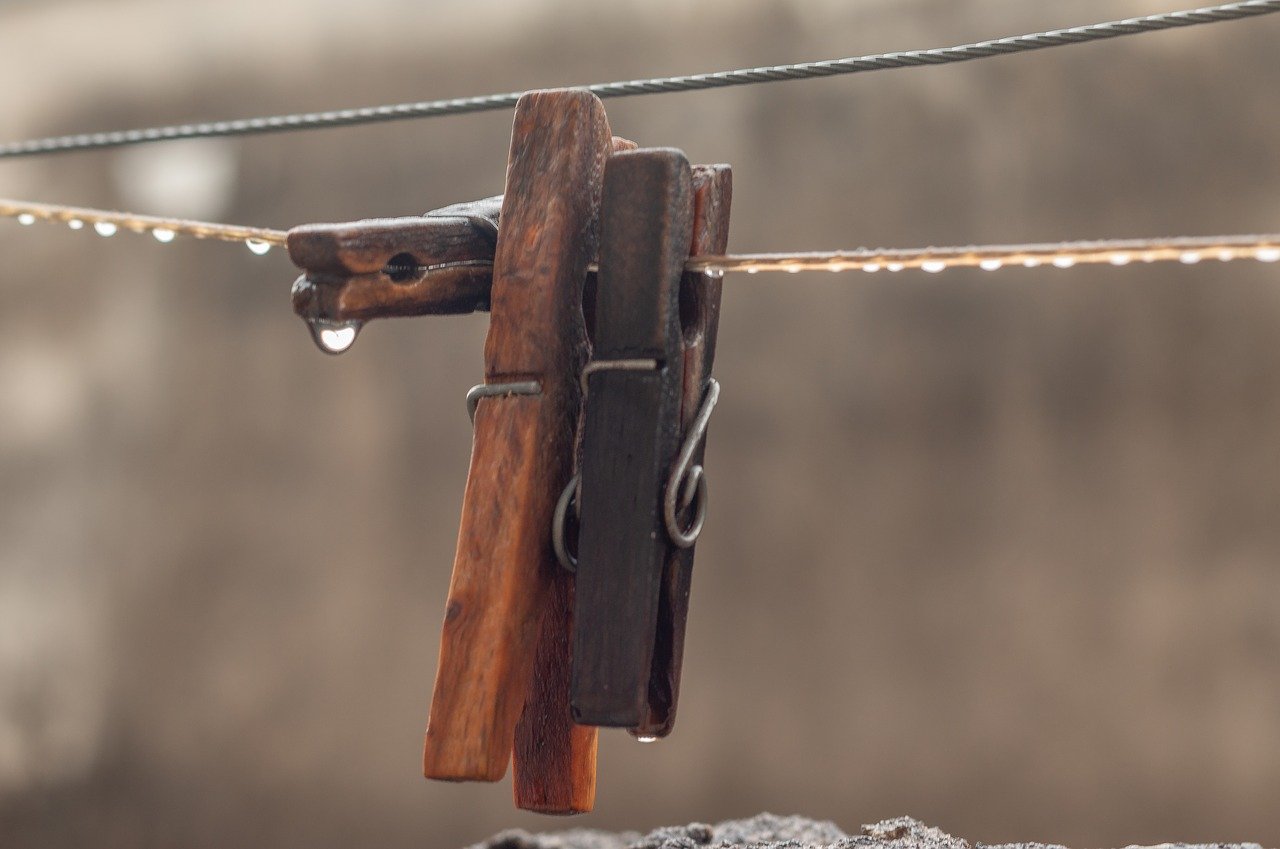
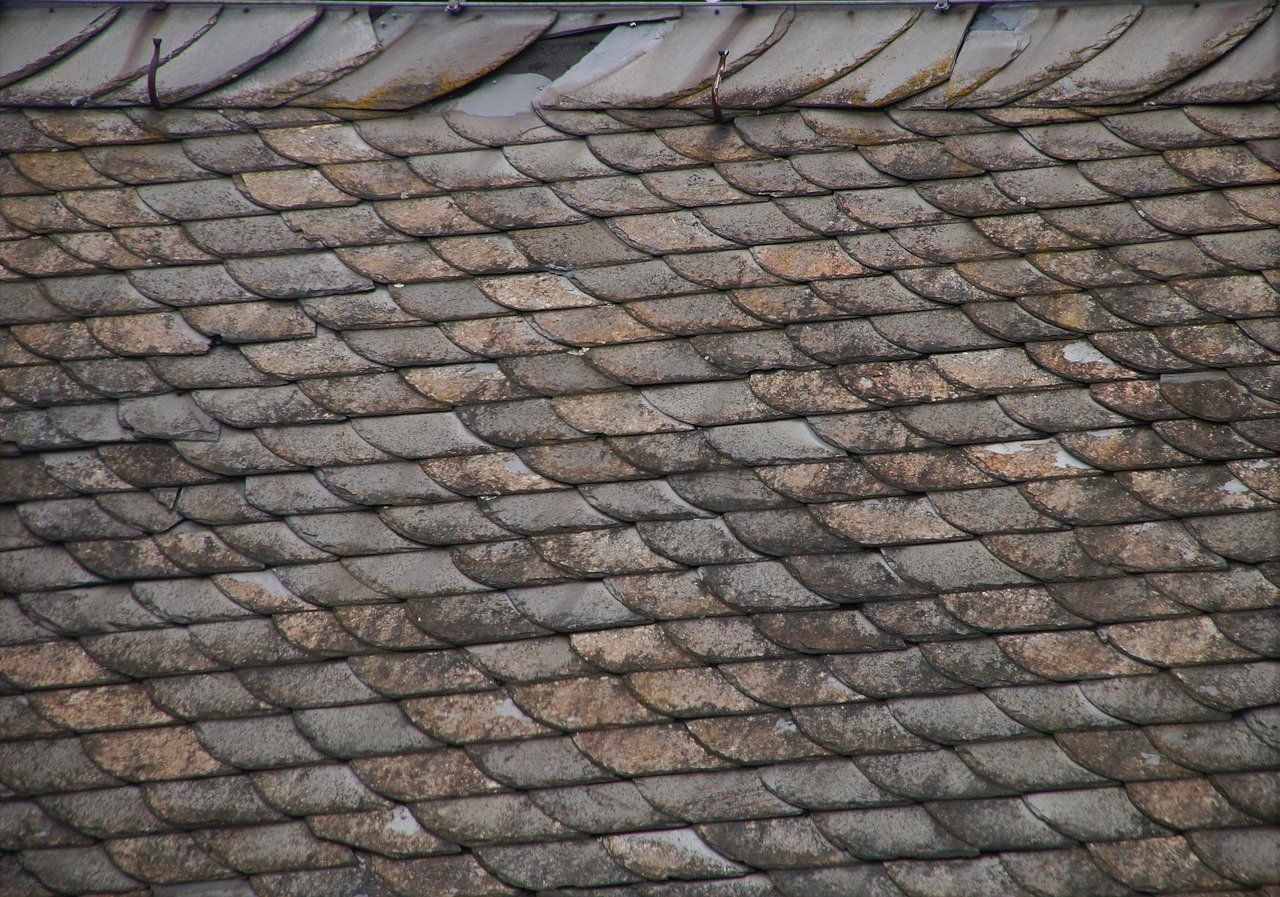
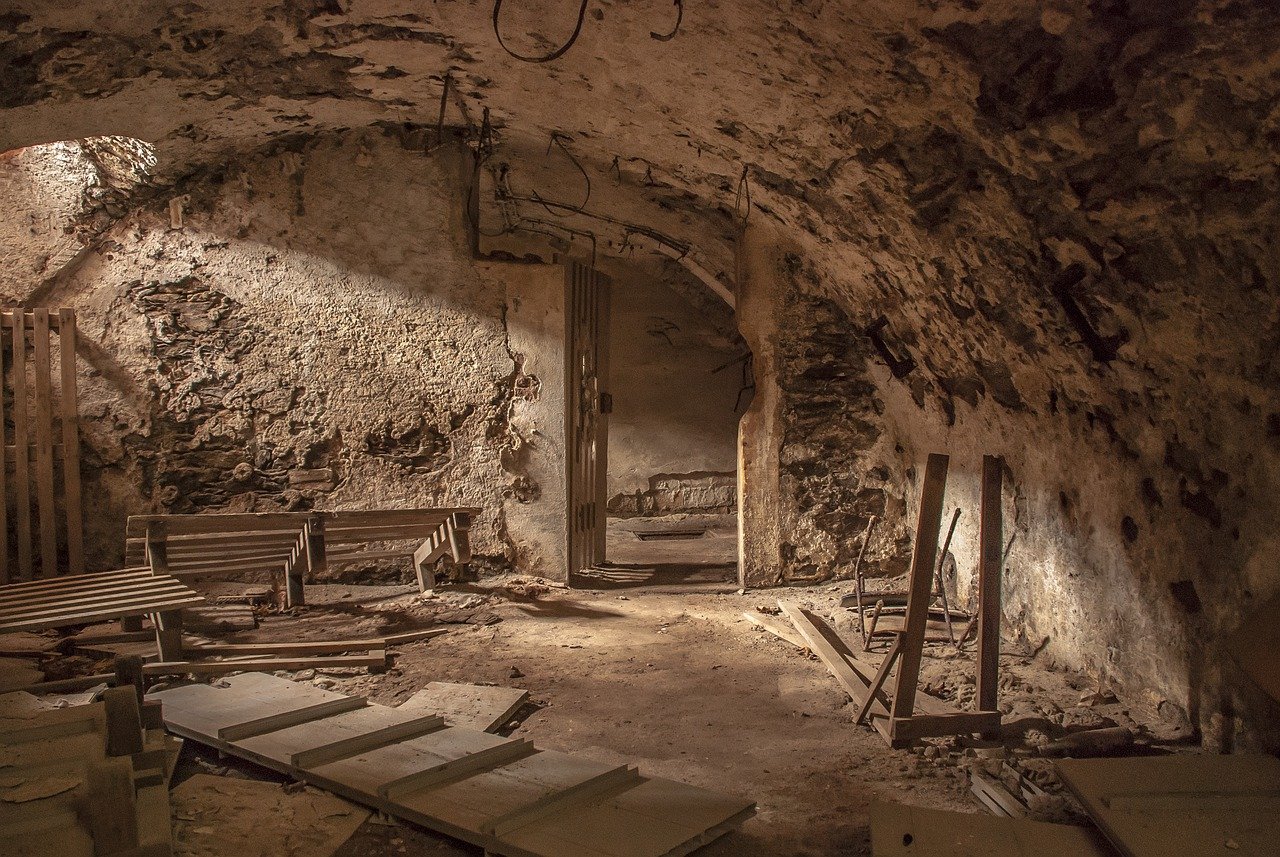
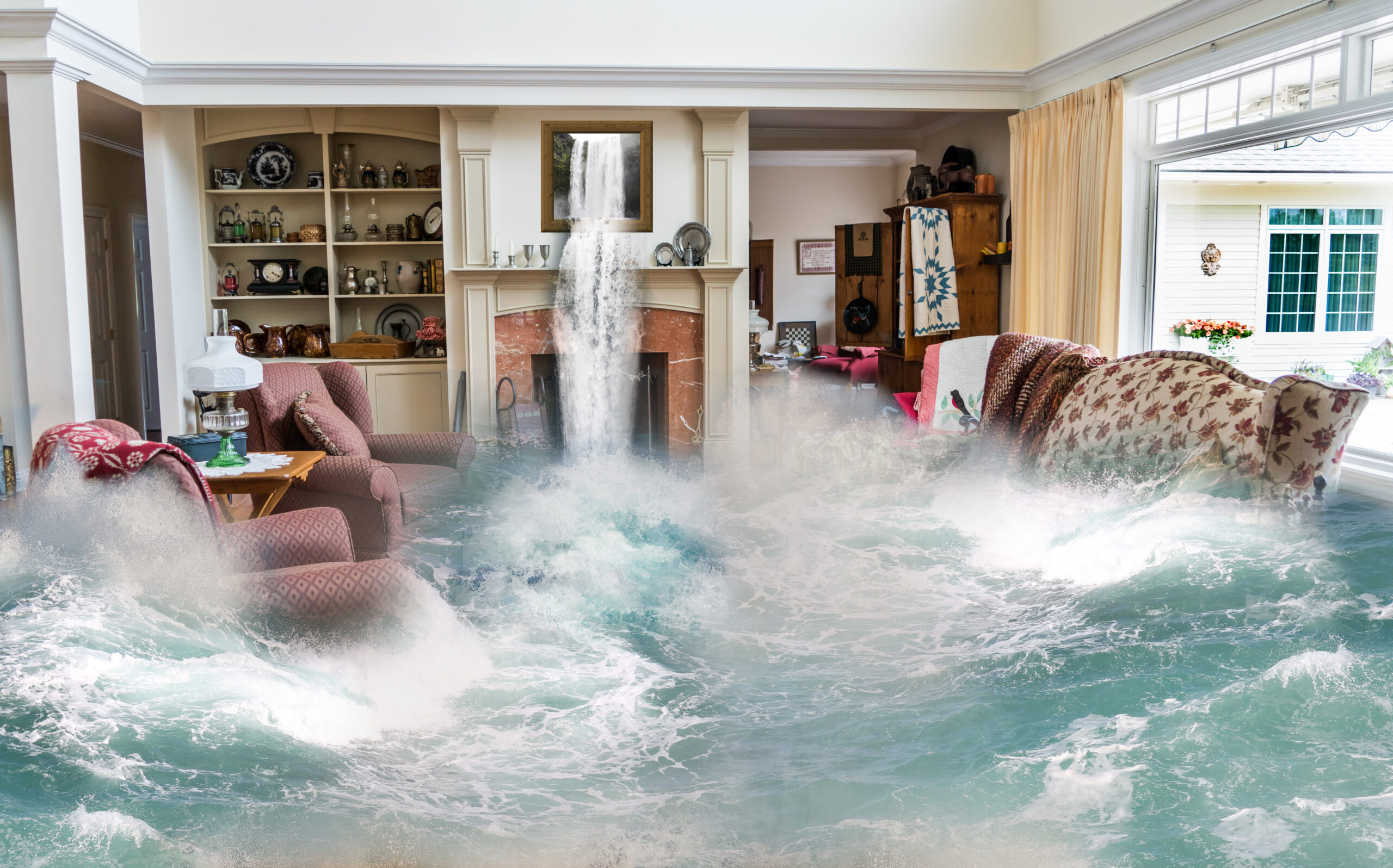
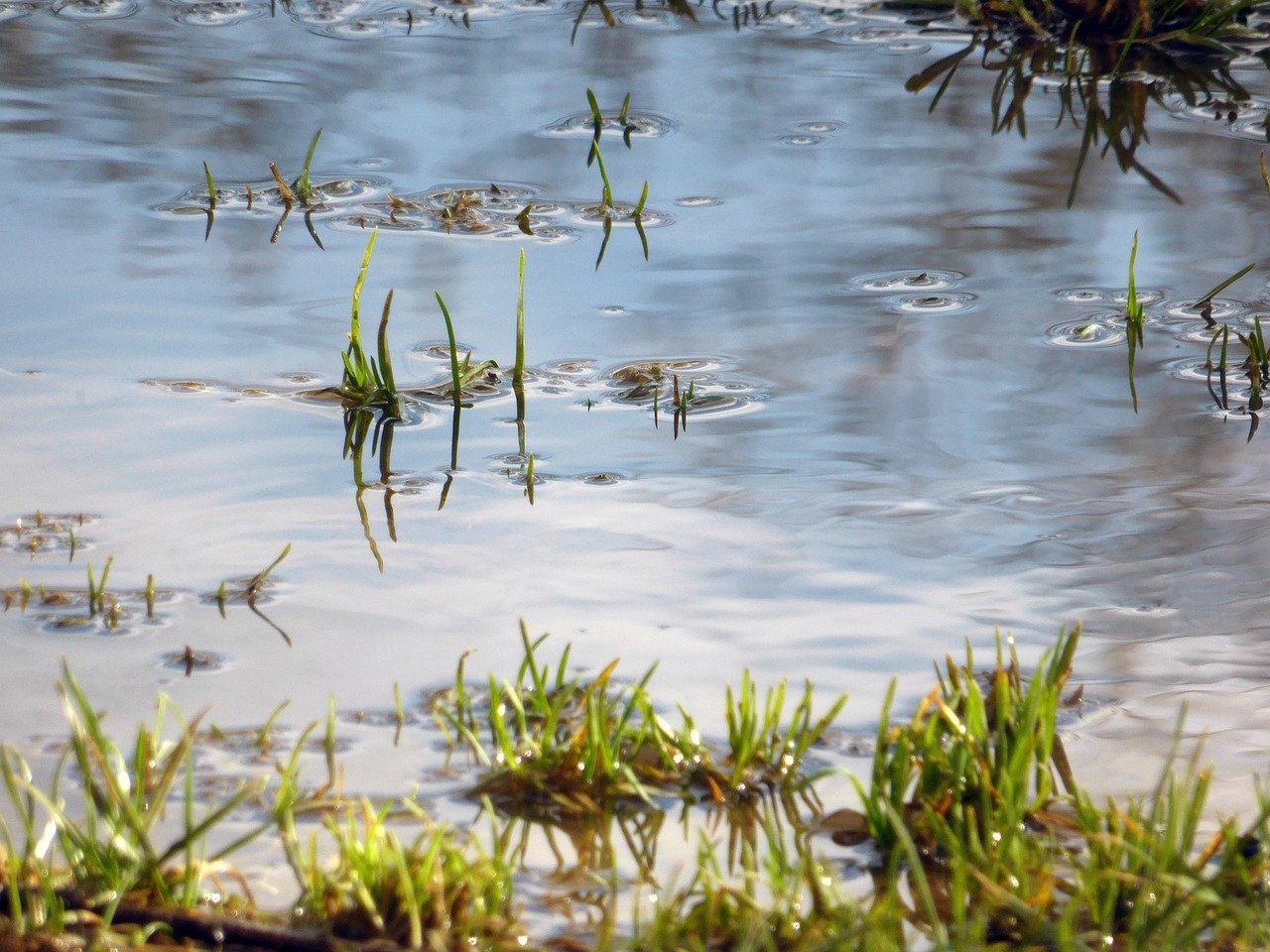
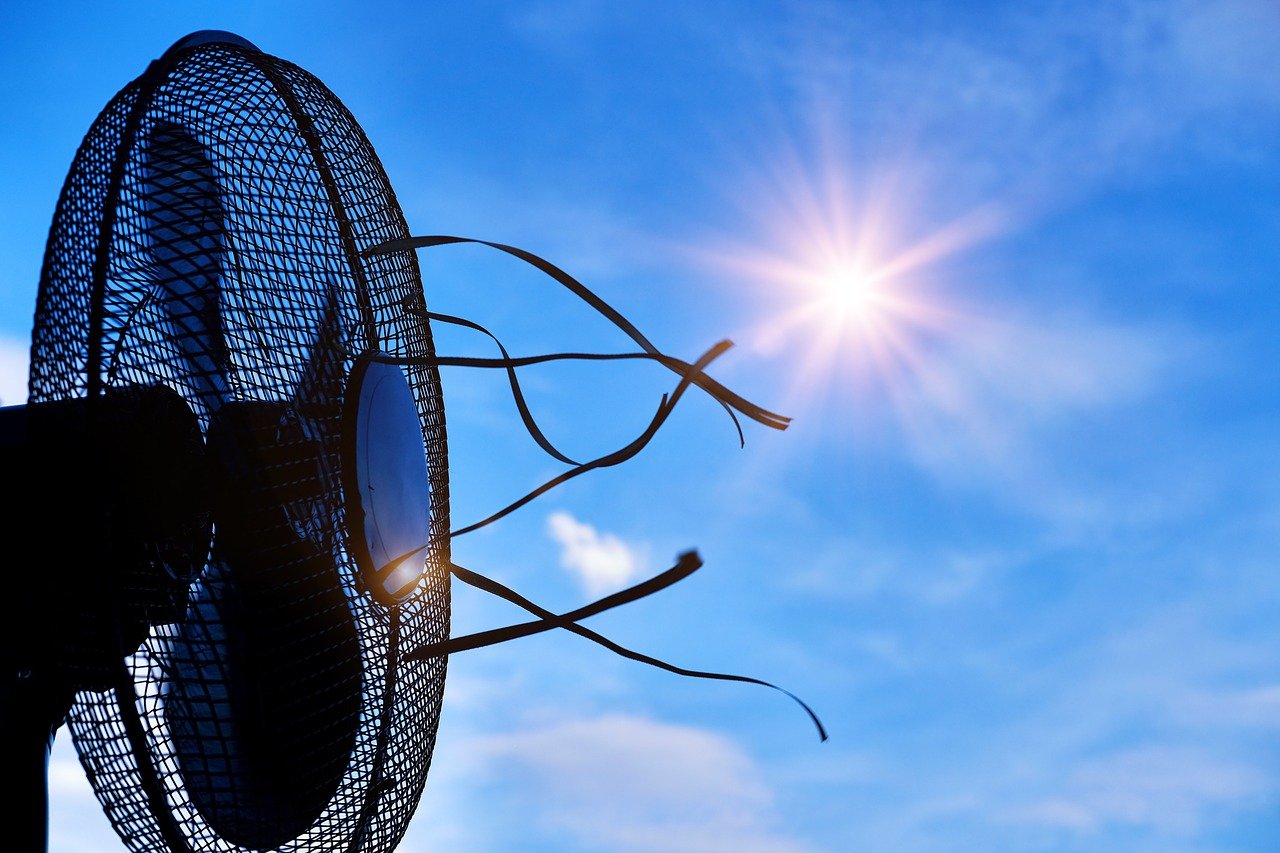



Pingback: How To Prepare Your House For Heavy Rain 18 Steps – Home Improvement
Pingback: How To Prepare Your House For Heavy Rain 18 Steps – Bit for Best